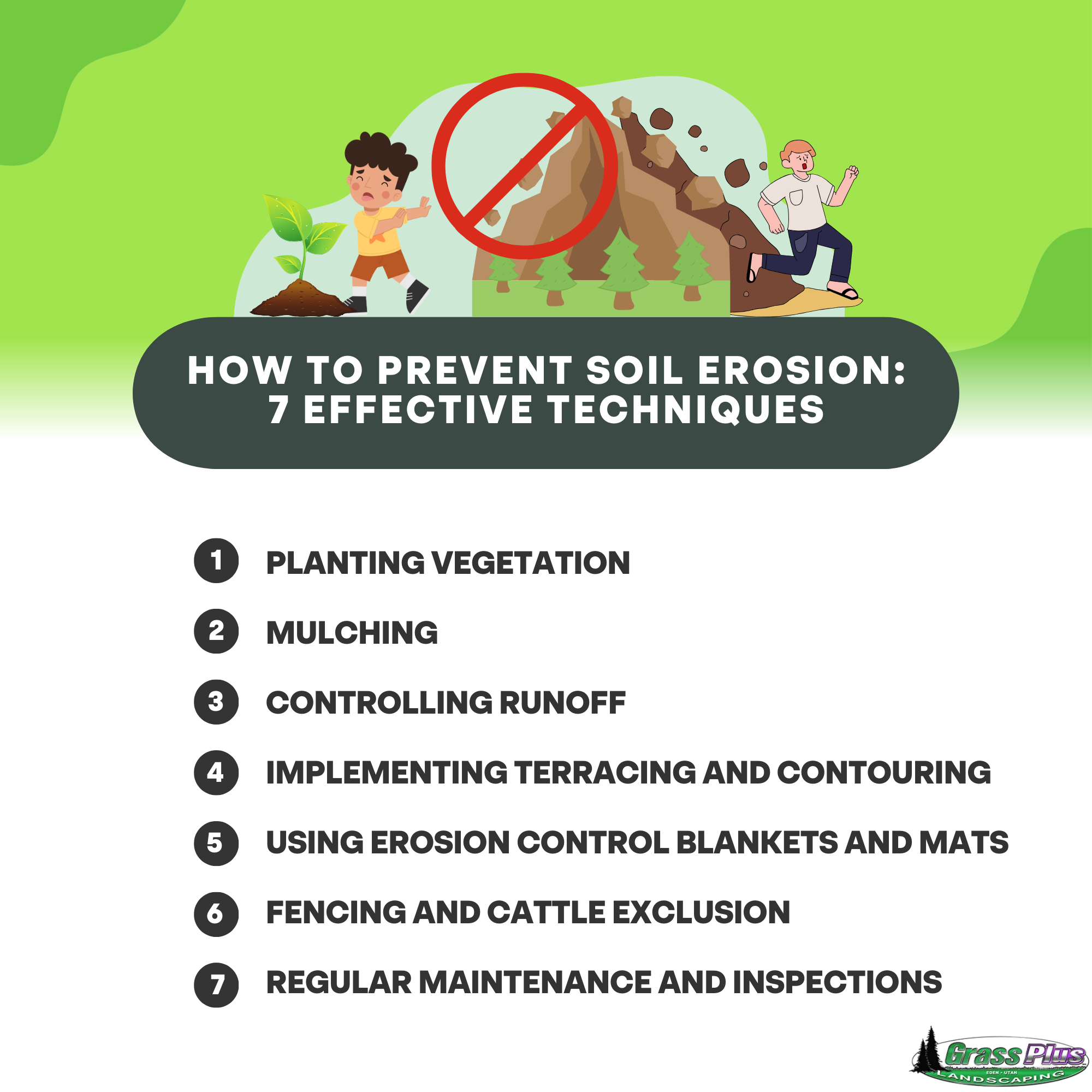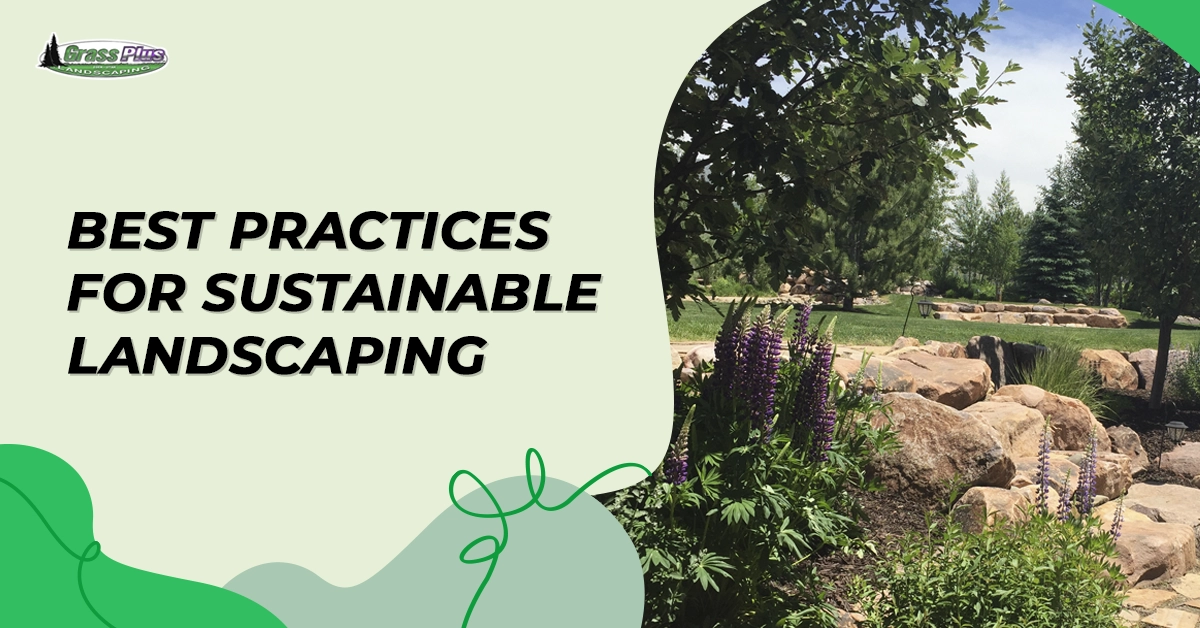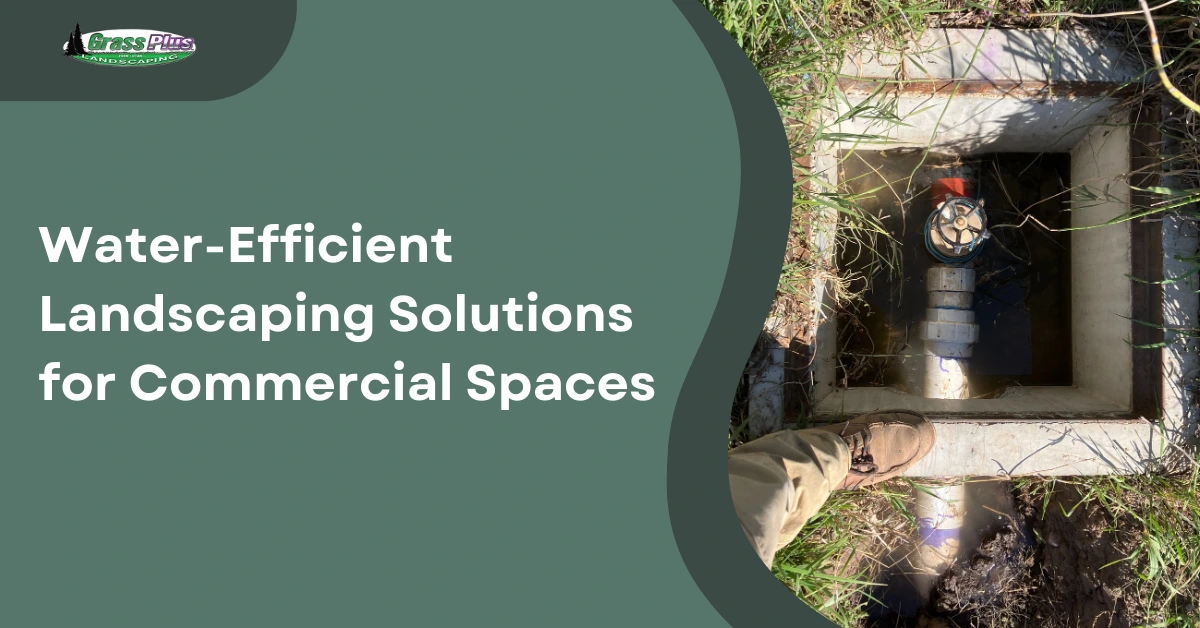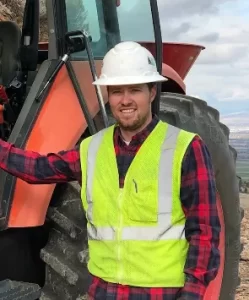Soil erosion can cause significant damage to your property. It occurs when the top layer of soil is displaced or washed away by water, wind, or other environmental factors. While erosion is a common occurrence, one can actively apply measures to prevent soil erosion.
If you’re a landowner, it’s essential to understand the various ways to prevent soil erosion so you can take the necessary steps to safeguard your property. By implementing effective erosion control measures, you can maintain the fertility of your soil, protect your landscape, and prevent potential damage to structures and nearby water bodies.
The Consequences of Soil Erosion
Soil erosion is often referred to as the “silent thief” because of its gradual and inconspicuous nature. However, its impact can be far-reaching and damaging. Here are some of the consequences of soil erosion:
- Loss of Fertile Soil: The topsoil, which is rich in organic matter and nutrients, is the most productive layer for plant growth. When it’s eroded, the underlying soil is exposed, which is often less fertile. This affects soil productivity and results in the need for additional fertilizers.
- Damage to Water Quality: Soil particles that are eroded can find their way into rivers, lakes, and other bodies of water through runoff. Sedimentation can clog waterways and contaminate aquatic habitats.
- Increased Flooding: Erosion can alter the natural drainage patterns of an area, leading to increased surface runoff. When water is unable to infiltrate the soil, it can result in more frequent and severe flooding.
- Loss of Biodiversity: Soil erosion can have a detrimental effect on the surrounding ecosystem. The eroded soil may bury and damage plants, disrupt habitats, and reduce the availability of essential nutrients for vegetation. This, in turn, can lead to a loss of biodiversity in the affected area.
- Infrastructure Damage: In addition to its impact on the natural environment, soil erosion can also pose a threat to human-made structures. When soil is eroded from around foundations, roads, and other infrastructure, it can weaken their stability and result in expensive repairs.
How to Prevent Soil Erosion: 7 Effective Techniques
Now that we discussed the potential consequences of soil erosion, let’s explore some of the most effective techniques to prevent soil erosion and protect your land:
1. Planting Vegetation
Planting vegetation such as grass, shrubs, and trees is one of the most effective ways to prevent soil erosion since the roots create a natural barrier that helps to reduce erosion caused by water and wind. The denser the vegetation, the more effective it is in preventing erosion.
In agricultural areas, implementing practices like contour plowing and strip cropping can further enhance the protective benefits of vegetation. Contour plowing involves plowing across the slope, following the natural contour lines of the land. This helps to slow water flow, reducing the chances of erosion.
Strip cropping, on the other hand, is the planting of different crops in alternating strips. This technique can help trap sediment and reduce erosion by breaking the force of wind and water.
2. Mulching
This is covering the soil with a layer of materials like straw, leaves, or wood chips. Apart from reducing moisture loss and regulating soil temperature, mulch also serves as a protective barrier, addressing the impact of rain on the soil surface.
When raindrops hit bare soil, they can displace soil particles and create small channels, increasing the risk of erosion. However, the presence of mulch breaks the force of raindrops, allowing the water to infiltrate the soil more gently.
3. Controlling Runoff
Proper management of runoff is crucial in any erosion control plan. To effectively control runoff and minimize the risk of erosion, consider the following:
- Redirecting Downspouts: Ensure that the downspouts from your roof are properly directed to areas with sufficient vegetation or drainage systems to absorb the water.
- Constructing Swales and Terraces: If your property has a slope, consider building swales and terraces. Swales are shallow ditches that collect and slow down runoff, allowing water to infiltrate the soil. Terraces are level platforms constructed across the slope, reducing the speed of water flow and creating flat areas for planting.
- Using Permeable Paving: In areas where solid surfaces, like driveways and walkways, are necessary, opt for permeable paving materials. These allow water to seep through, reducing runoff and facilitating soil absorption.
- Installing Retention Ponds: If you have a large property, installing retention ponds can be an effective way to control runoff. These ponds collect excess water, preventing it from causing erosion and allowing it to gradually infiltrate the soil.
4. Implementing Terracing and Contouring
If you have a hilly or sloping landscape, terracing and contouring can be effective ways to prevent soil erosion. Terraces are flat, leveled areas constructed across the slope, resembling steps. They help to slow down the flow of water, preventing it from gaining enough force to cause erosion.
Contouring, as mentioned earlier, involves plowing and planting along the natural curves of the land. This method promotes the trapping of water and prevents it from accumulating and eroding in a straight path down the slope.
5. Using Erosion Control Blankets and Mats
Erosion control blankets and mats are temporary coverings made of natural or synthetic materials. They are often used in areas where vegetation is not yet established, such as newly seeded lawns or recently graded slopes.
These blankets and mats provide immediate protection to the soil, preventing erosion by shielding it from the impact of rain and runoff. Additionally, they can serve as a medium for seed germination, promoting the growth of vegetation in the area.
6. Fencing and Cattle Exclusion
For landowners with livestock, proper fencing and cattle exclusion from sensitive areas, such as streams and riverbanks, are essential for effective soil erosion prevention. Uncontrolled grazing can lead to the destruction of vegetation and the trampling of soil, increasing the risk of erosion.
Implementing rotational grazing practices can also help in preventing soil erosion. This involves dividing a pasture into smaller sections and regularly moving the livestock to different areas. The rest of the pasture can recover and regrow vegetation, which further strengthens the soil and reduces erosion.
7. Regular Maintenance and Inspections
Last but not least, regular maintenance and inspections are vital in any erosion prevention plan. Promptly address any drainage issues, such as leaks or blockages, to minimize the potential for excess water and erosion. Regularly check and maintain all erosion control structures, including terraces, retaining walls, and erosion control blankets.
The Bottom Line
Preventing soil erosion is a critical aspect of land stewardship. It helps to preserve the fertility of your soil, protect the environment, and safeguard your property from potential damage. Remember, implementing the right erosion control measures for your specific needs has a big effect on the long-term sustainability of your land.
Secure Your Property With Grass Plus, Inc.
Don’t let soil erosion ruin your landscape! Our experienced team at Grass Plus, Inc. can help you establish effective measures of erosion control in Idaho. Contact us today!






